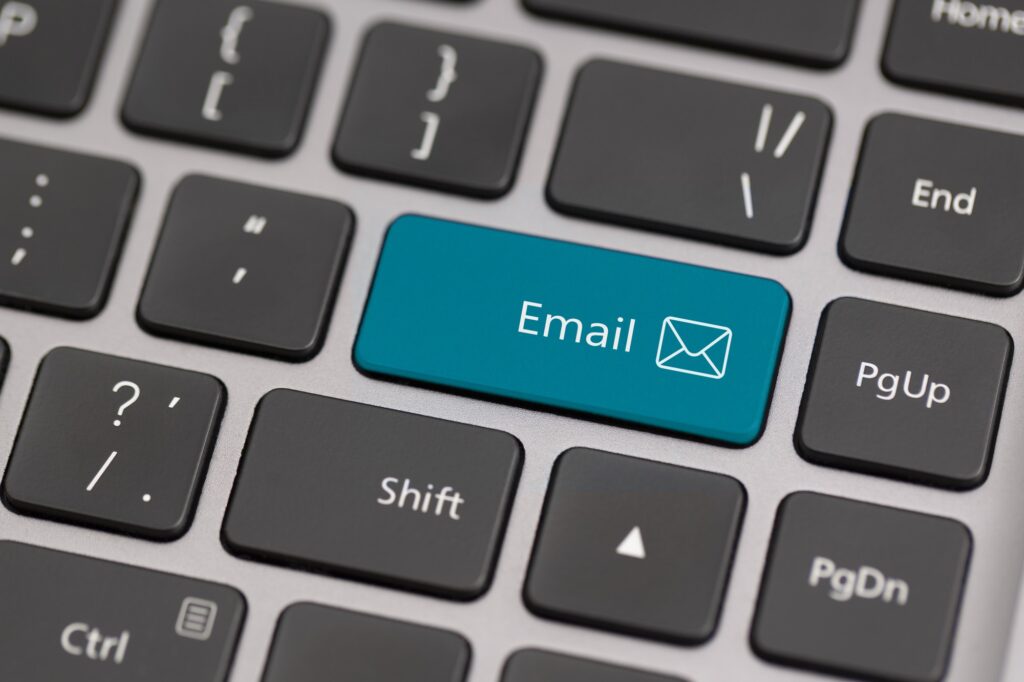DMARC, or Domain-based Message Authentication, Reporting and Conformance, is an email authentication protocol that helps email domain owners prevent unauthorized use of their domains, such as email spoofing. Email spoofing is a common technique used by cybercriminals to trick recipients into opening malicious emails that appear to come from legitimate senders.
DMARC works by using two existing email authentication mechanisms: Sender Policy Framework (SPF) and DomainKeys Identified Mail (DKIM). SPF verifies that the email was sent from an authorized IP address, while DKIM verifies that the email was not tampered with in transit by using a digital signature. DMARC then checks if the domain in the email’s From: field matches the domains authenticated by SPF and DKIM. This is called alignment.
DMARC also allows domain owners to publish a policy in their DNS records that specifies how receivers should handle emails that fail the authentication and alignment checks. The policy can be one of the following:
- None: No action is taken, but reports are sent to the domain owner about the authentication results.
- Quarantine: The email is marked as suspicious and may be moved to a spam folder or subjected to further scrutiny.
- Reject: The email is rejected and not delivered to the recipient.
By using DMARC, domain owners can protect their reputation, brand, and customers from phishing and other email-based attacks. DMARC also provides domain owners with visibility into their email programs, such as how many emails are sent from their domains, how many pass or fail the authentication and alignment checks, and which sources are sending emails on their behalf.
To set up DMARC for your email domain, you need to do the following steps:
- Configure SPF and DKIM for your domain and make sure they are working correctly.
- Create a DMARC record with your desired policy and publish it in your DNS as a TXT record.
- Monitor the reports sent by receivers to your specified email address and analyze the authentication results.
- Adjust your policy as needed based on the feedback and your goals.
DMARC is a powerful tool that can help you secure your email domain and improve your email deliverability. However, it requires careful planning and testing before implementation. To learn more about DMARC, you can visit DMARC – Wikipedia, Use DMARC to validate email | Microsoft Learn, or What Is DMARC? How Does DMARC Work? | Fortinet.


